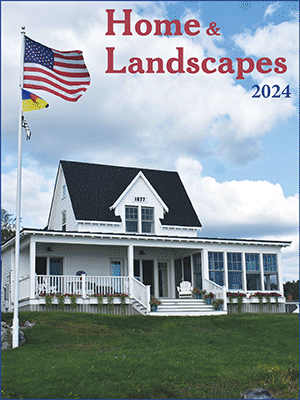The 'potato chip bird'
Not long ago many people referred to them as wild canaries. Maybe some folks still do. We like to call them “potato chip birds.” But the official name given to these little yellow birds by the American Ornithologists’ Union is the American goldfinch.
The reason we call them “potato chip birds” is not because they are golden-yellow like a potato chip but because of the common call they give when in they are in flight, a high, tinkling “potato-chip, potato-chip.”
Their call isn’t the only thing that makes the American goldfinch interesting. They also have the curious habit of flying in a distinctive oscillating pattern (a flight pattern incidentally shared with most woodpeckers), dipping down and back up again over and over, often repeating the phrase “potato-chip” on the upswing of each oscillation.
But there’s more that makes the American goldfinch unique.
In August and September, when most birds have long finished nesting and migrants are heading south for the winter, goldfinches are in the midst of nesting and feeding young.
Just last week we watched a female American goldfinch feed two young that had left the nest within the last week or so.
When raising their young, almost all birds feed their rapidly growing fledglings a very high protein diet. In songbirds that typically means lots of newly hatched insects. Those insects are usually at their peak in our area in June. Those species have timed their reproductive efforts so that they are feeding their young at the peak of abundance of newly hatched and often soft-bodied insects.
But not the American goldfinch.
“Potato chip birds” feed their young on seeds, timing their nesting so that they can take advantage of the burst of tiny seeds that abound in late summer and early fall from a myriad of wildflowers.
In the late summer, family groups of American goldfinches form flocks that move south together as a group. Some stay for the winter. Others move farther, even as far as Florida and Mexico.
These flocks usually range from 10 to 30 or so birds. However, in the spring the size of the flocks can reach surprising numbers. A few years ago in early spring, we came across a flock of hundreds of birds in central Florida, all singing and chattering at the same time as they prepared to head north to breed.
But before settling into nest, they first enjoy the glorious Maine summer months. Most of us can probably appreciate that!
Dr. Jeff Wells is the senior scientist for the Boreal Songbird Initiative. During his time at the famed Cornell Lab of Ornithology and as the Audubon Society's national bird conservation director, Dr. Wells earned a reputation as one of the nation's leading bird experts and conservation biologists. Jeff's grandfather, the late John Chase, was a columnist for the Boothbay Register for many years. Allison Childs Wells, also formerly of the Cornell Lab of Ornithology, is a widely published natural history writer and a senior director at the Natural Resources Council of Maine. Together, they have been writing and teaching people about birds for decades. The Maine natives are authors of the highly acclaimed book, Maine's Favorite Birds.
Event Date
Address
United States





































